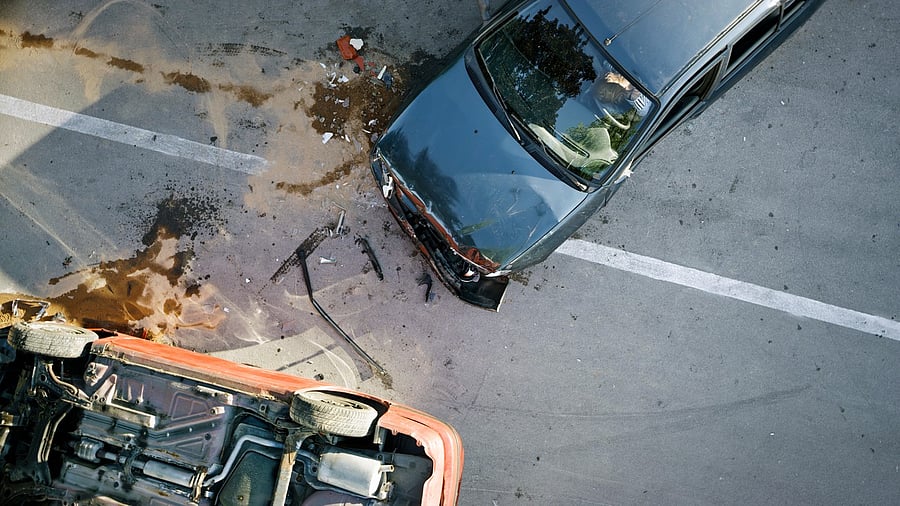
Photo for representational purpose.
Credit: iStock photo
Road traffic injuries are the leading cause of death among children and adolescents aged between five and 19 years in India, a joint national roadmap by UNICEF and Nimhans WHO Collaborating Centre for Injury Prevention and Safety released on Monday shows.
Their factsheet, which also cited figures from the Ministry of Road Transport and Highways (MORTH) and National Crime Records Bureau (NCRB), noted that children and adolescents account for 10 per cent of all road crash fatalities in India and nearly 50 per cent of them died at the site of the crash.
Dr Gautham Melur Sukumar, Additional Professor (Epidemiology), Head of WHO Collaborating Centre for Injury Prevention and Safety, Nimhans, and a collaborator, said, "Every day, nearly 45 children under 18 years of age lose their lives in road crashes in India. The actual numbers are probably 20 per cent higher due to underreporting," he said.
A multi-sectoral action plan developed by contributors of the report recommended dedicating a budget for their road safety, conducting a child occupant safety rating assessment of all new cars, implementing road traffic injury prevention programmes and safety assessments around schools, strengthening emergency care infrastructure, and mandating road safety audits.
"This is where evidence generated by Nimhans will play a role. Such granular information will provide the evidence for all stakeholders to work in this area of road safety for children," said Dr Vivek Singh, Officer-in-charge Health, UNICEF India.
Dr Zoya Ali Rizvi, Deputy Commissioner, Ministry of Health and Family Welfare, Government of India, noted that efforts are ongoing to establish trauma care centres along highways and to strengthen accident and emergency care in district hospitals. However, a recent study by AIIMS Delhi showed that only 20 per cent of large government hospitals in India have paediatric ICU facilities.
An expert panel focused on the need for behavioural change and stakeholders to disseminate more information to children and families about why safe traffic behaviours such as wearing seatbelts or helmets and following traffic rules are important from a prevention perspective. They also pushed the National Highways Authority of India (NHAI) to establish safe school zones and governments to ensure long-term and affordable public transport for children.